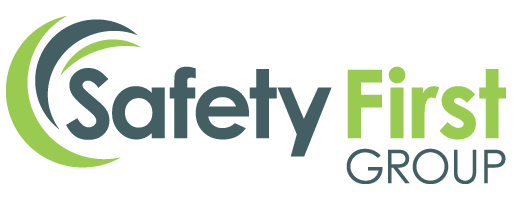The HSE has recently re-visited their guidance on workplace exposure limits to help brick, tile, stone and foundry workers decrease exposure to workplace silica. This is in the hope that workplace silicosis can be reduced across the board.
PROLONGED exposure to airborne particles of respirable crystalline silica (RCS) could lead to life-threatening and long term lung conditions like silicosis and chronic obstructive pulmonary disease (COPD), warns the HSE.
Part of the HSE’s role in ensuring workplaces are effectively ensuring workforce health and safety, means that guidance is regularly updated. Their focus moving into autumn/winter is to ensure that silica guidance for brick and tile manufacturing, stonework and foundries is up-to-date ahead of their inspections for the rest of 2022.
Workplace Silica inspections
Starting in October 2022, the HSE is set to undertake a number of inspections throughout the manufacturing industry, in businesses where the use of silica is commonplace. These inspections will ensure that the correct measures are in place to reduce exposure to airborne particles, and safeguard employees respiratory health from the harmful effects of silica. In particular this will affect:
- Brick and tile manufacturers
- Stone working sites
- Foundries
Employees have a legal duty under COSHH regulations to ensure that workplace exposure limits are not exceeded, which means those companies who have neglected their current responsibilities could soon find themselves in hot water!
What is the HSE looking for?
HSE inspectors will be looking for evidence that demonstrates effective measures that reduce exposure to airborne particles. These range from LEV (local exhaust ventilation), water suppression and the use of PPE where applicable.
Appropriate use of PPE such as RPE (respiratory protective equipment) which help reduce workers exposure to harmful airborne particles like silica dust are essential in some areas of the workplace. So the onus will be on each business to prove that the correct measures and monitoring is in place to facilitate this to ensure worker health is protected from respirable crystalline silica (RCS).
David Butler, HSE’s head of manufacturing states that ‘it is hugely important for manufacturing businesses where workers use materials that contain silica to act now to ensure they comply with the law and protect their workers from the risks of devastating lung diseases’.
He goes on to talk about how businesses need to take note that good ventilation and PPE within the workplace are only ‘some’ of the measures they need to protect the respiratory health of their workforce.
Support with silica sampling
According to the HSE, their Autumn/winter inspection campaign aims to promote the health risks associated with the activities that are performed by manufacturing workers and how RCS dust can be inhaled. This will largely cover workers like brick and tile manufacturers, stoneworkers, and foundry workers who cut and shape bricks, tiles and stones. All of which can create harmful dust carrying silica particles and more.
The guidance from the HSE has been refreshed in their efforts to provide duty-holders with the current and correct advice, guidance and information to ensure workforce health and safety is kept a priority.
As third party suppliers to the manufacturing industry, we have the knowledge and expertise to be able to directly consult on measuring and monitoring your workplace obligations around silica sampling and more.
We can conduct silica sampling as part of our Occupational Exposure Monitoring services to test whether your current measures are effective in preventing employee ill health through the inhalation of harmful silica particles.
These risk assessments can usually take between 4 and 8 hours, so we often visit our customers and complete various other compliance assessments whilst we are already on site which can be both cost effective and time efficient and means you don’t have to deal with multiple suppliers over different days.
We recommend regularly performing silica monitoring to ensure you can identify the presence of these airborne contaminants before it becomes a health issue. And it’s not just silica sampling that is needed in the workplace, even when you might imagine silica to be the only issue on your premises.
Experience tells us that once one risk is identified, other risks will follow as a result of cause and effect. That is why we like to visit your premises and perform a free of charge gap analysis, which helps us to identify gaps that could be both the reason for employee ill health, but also the cause of fines for non-compliance.
Other compliance considerations
We all know that prevention is better than cure, and that’s never been truer with workplace regulation compliance. Importantly, there are many benefits of improved workplace compliance, such as lower absenteeism, higher productivity, and less time spent on handling complaints.
Local Exhaust Ventilation (LEV) systems can help minimise the damage to your workforce from harmful dust, vapour and fumes that can often cause major health concerns if inhaled regularly.
LEV systems often need regular inspections as over time the effectiveness of such systems can decline. This could be a red flag for non-compliance if LEV is one of your main sources for the management of dust and fumes.
If you need LEV inspections, COSHH, occupational exposure monitoring and more, please feel free to complete one of our on page contact forms or visit our contact page for more information.
Original source
